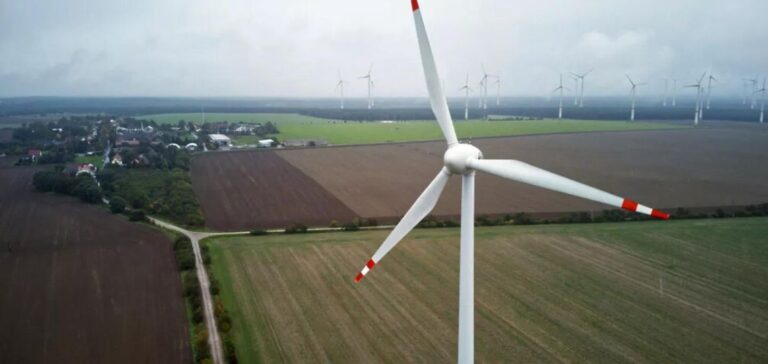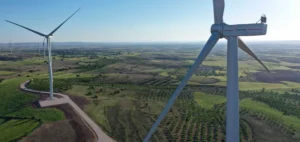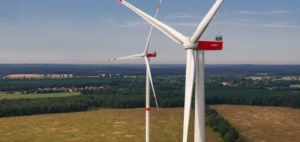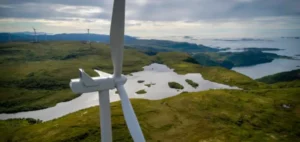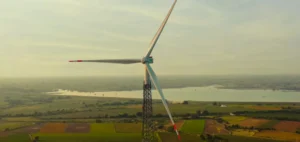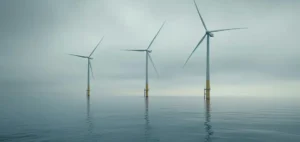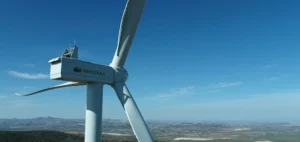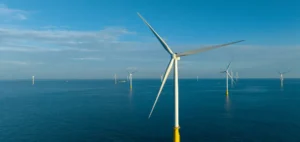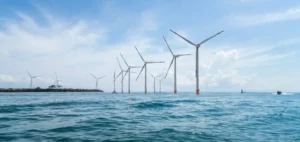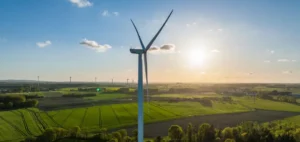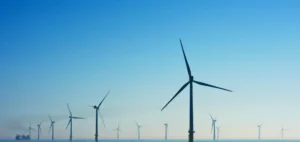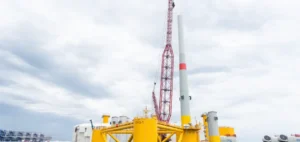The expansion of onshore wind power in Germany is noticeable this year. But the pace must be stepped up significantly if we are to meet the energy targets set by Berlin by 2030. According to industry data.
Wind power targets in Germany: insufficient expansion despite progress.
Since January, 331 wind turbine masts have been installed in Germany. For a power output of 1.57 gigawatts (GW), according to a press release issued on Tuesday by the BWE and VDMA Power Systems federations. This represents a year-on-year acceleration, as 65% of the total capacity installed by 2022 had already been reached by the end of June.
The year 2023 should end at the top end of the forecast range, with between 2.7 and 3.2 GW of installed capacity, according to these sources.
But this expansion is still a long way from meeting the government’s target of 115 GW installed by 2030, while the existing total is now approaching 60 GW nationwide. Almost doubling this figure would require an expansion of the park by 10 GW every year from 2025 onwards. At the current rate, “the targets will be missed”, said Dennis Rendschmidt, Managing Director of VDMA Power Systems, in the release.
Planning and approval procedures are tedious – 24.5 months on average – and also involve transporting components to their place of installation, lament the professionals. They hope that a series of measures taken recently to simplify authorizations will soon take effect. Projects are also encountering resistance from elected representatives and local populations.
At the end of June 2023, building permits, also up year-on-year at 3 GW, are concentrated mainly in the windier regions to the north (North Rhine-Westphalia, Schleswig-Holstein, Lower Saxony and Brandenburg). In the south, Bavaria is lagging far behind. Authorizations since January have been limited to a capacity of 4 megawatts. In a Germany that has turned its back on nuclear power. And one that will be moving away from coal over the next decade. The expansion of renewable energies, of which onshore wind power accounts for the lion’s share, needs to accelerate, to cover the additional needs associated with electrification in building heating and transport.
Olaf Scholz’s coalition has set a target of allocating at least 1.4% of the country’s surface area to the installation of wind turbines by 2027, and at least 2% by 2032, compared with 0.7% to date. The share of electricity generated from renewable energies must be increased to at least 80% by 2030. This compares with just under 50% at present.

